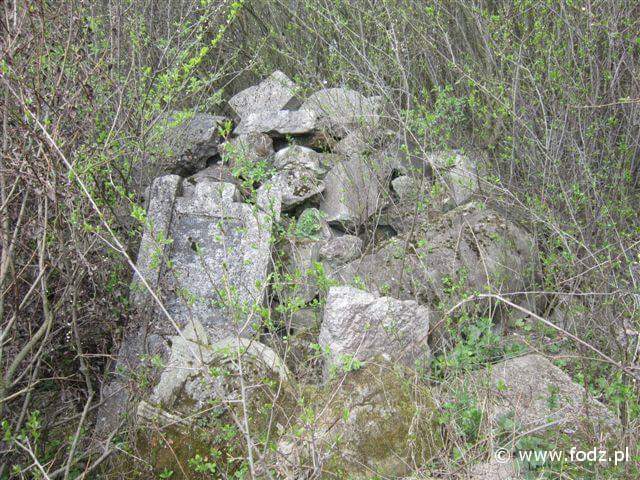 Alternate names: Busko-Zdrój [Pol], Busko, Busk, Busk-Zadroi. 50°28' N, 20°43' E, 25 miles S of Kielce. 1900 Jewish population: 895.
Alternate names: Busko-Zdrój [Pol], Busko, Busk, Busk-Zadroi. 50°28' N, 20°43' E, 25 miles S of Kielce. 1900 Jewish population: 895.
Busko County (Polish: powiat buski) is a unit of territorial administration and local government (powiat) in Świętokrzyskie Voivodeship, south-central Poland that came into being on January 1, 1999. Its administrative seat and only town is Busko-Zdrój, 29 mi S of the regional capital Kielce. The 2006 powait population was 73,940 (Busko-Zdrój - 17,297). The county is subdivided into eight gminas: Gmina Gnojno, Gmina Nowy Korczyn, Gmina Pacanów, Gmina Solec-Zdrój, Gmina Stopnica, Gmina Tuczępy, and Gmina Wiślica. After the German occupation, a Judenrat was established. The Ghetto was created in April 1941 with about 2,000 Jews incarcerated and liquidated in October 1942. These Jews were transferred to Treblinka. town photos. [April 2009]
US Commission No. POCE000271
Cemetery: Widuchowska Street. Present population is 5,000 and 25,000 with no Jews.
- Town: Burmistrz Miaston, Busko-2droj, ulica Mickiewiczei 10, 28-100 Busko-2droj, tel.33-27.
- Local: Wojewodzki Konservator Zoibytkov, ulica IX Wiekow, Kielc 3, 25-955 Kielce, tel.45634.
The earliest known Jewish community dates from 1881. 1921 census was 1,464 Jews (37.1%). The unlandmarked Orthodox cemetery was established about 1881 with last known Jewish burial in 1942. The isolated suburban flat land has no sign or marker. Reached by turning directly off a public road, access is open to all with no caretaker and no wall, fence or gate. Size is about.5 ha. 1-20 gravestones appear to be in original locations, of which less than 25% are broken or toppled. Removed stones are in a nearby shop. The limestone and sandstone finely smoothed and inscribed, or flat stones with carved relief decoration have Hebrew inscriptions. Some tombstones have traces of painting on their surfaces. There are no known mass graves. Municipality owns site used for storage. Properties adjacent are commercial, industrial and agricultural. Compared to 1939, the boundaries enclose a smaller area because of commercial development and a shop. Rarely, private Jewish visitors. The cemetery was vandalized during World War II and in the last ten years. There is no maintenance now. Security, weather erosion, pollution, incompatible nearby development and vegetation are serious threats. Vandalism is a moderate threat; and planned development is a slight threat. Serious threats are the shop and purchase of animals [sic].
Dr. Adam Penkalla, Ulica Gagarina 9/24, Radom, tel. 48 - 366 35 34 completed survey on August 29, 1991 and visited. Dr. Penkallu has documentation.
Photo courtesy FODZ/Facebook [April 2015]

